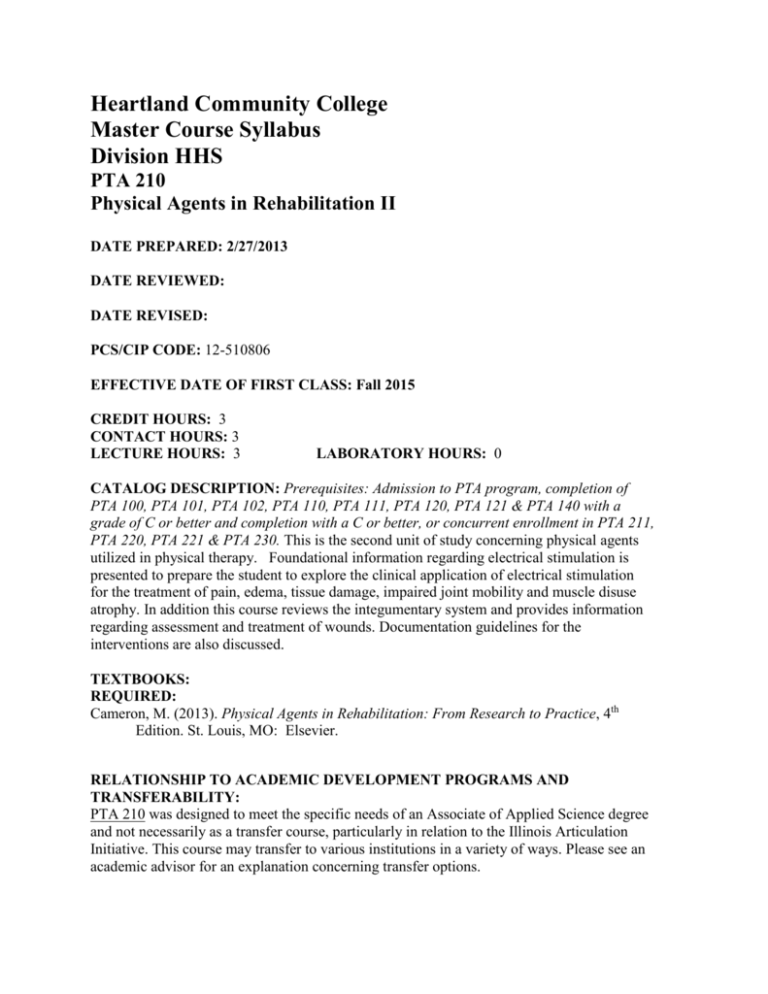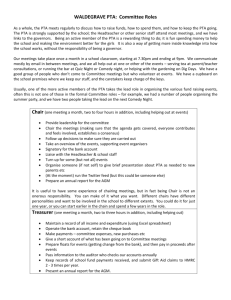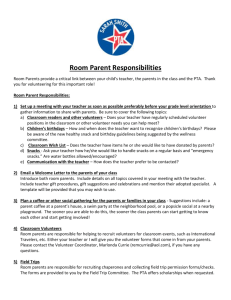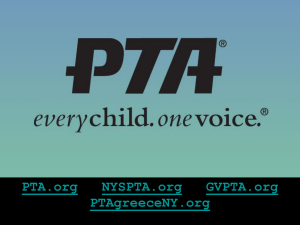PTA210_Nov2013 - Heartland Community College
advertisement

Heartland Community College Master Course Syllabus Division HHS PTA 210 Physical Agents in Rehabilitation II DATE PREPARED: 2/27/2013 DATE REVIEWED: DATE REVISED: PCS/CIP CODE: 12-510806 EFFECTIVE DATE OF FIRST CLASS: Fall 2015 CREDIT HOURS: 3 CONTACT HOURS: 3 LECTURE HOURS: 3 LABORATORY HOURS: 0 CATALOG DESCRIPTION: Prerequisites: Admission to PTA program, completion of PTA 100, PTA 101, PTA 102, PTA 110, PTA 111, PTA 120, PTA 121 & PTA 140 with a grade of C or better and completion with a C or better, or concurrent enrollment in PTA 211, PTA 220, PTA 221 & PTA 230. This is the second unit of study concerning physical agents utilized in physical therapy. Foundational information regarding electrical stimulation is presented to prepare the student to explore the clinical application of electrical stimulation for the treatment of pain, edema, tissue damage, impaired joint mobility and muscle disuse atrophy. In addition this course reviews the integumentary system and provides information regarding assessment and treatment of wounds. Documentation guidelines for the interventions are also discussed. TEXTBOOKS: REQUIRED: Cameron, M. (2013). Physical Agents in Rehabilitation: From Research to Practice, 4th Edition. St. Louis, MO: Elsevier. RELATIONSHIP TO ACADEMIC DEVELOPMENT PROGRAMS AND TRANSFERABILITY: PTA 210 was designed to meet the specific needs of an Associate of Applied Science degree and not necessarily as a transfer course, particularly in relation to the Illinois Articulation Initiative. This course may transfer to various institutions in a variety of ways. Please see an academic advisor for an explanation concerning transfer options. LEARNING OUTCOMES: After successfully completing the course, students should be able to: Course Outcomes Program Outcomes (POs) 1. Explain the role of the PTA in implementing treatment interventions regarding electrical stimulation and wound management, within the physical therapist’s plan of care. 2. Associate the goals established by the physical therapist with selected interventions. 3. Organize sequence of interventions and/or determine how to combine physical agents to optimize patient outcomes and maximize efficiency. 4. Identify appropriate patient positioning for PT intervention. 5. Describe appropriate questions to ask the patient to collect subjective data regarding patient status. 4 6. Describe the various pain-control theories 7. Discuss the various electrical current parameters and their clinical significance. 2 8. Explain the purpose of PT interventions involving electrical stimulation. 9. Describe the physiological effects of electrical stimulation and differentiate between normal/abnormal responses. 10. List and describe indication(s), precaution(s), contraindication(s) and safety consideration(s) related to electrical stimulation. 11. Compare and contrast various electrode placements for optimal treatment outcome. 12. Describe appropriate application of electrical stimulation based on the physical therapist plan of care. 13. Compare and contrast various 2 2 2 2 1,3 2,4 2,4 2,4 2,4 2,4 2,4 Range of Assessment Methods Throughout the semester, the following assessment methods may be used to measure the course and POs outcomes: Classroom Assessment Techniques (CATs) Exams Quizzes Homework Projects Written Assignments Presentations protocols/rationale for administering electrical stimulation for pain. 14. Compare and contrast various protocols/rationale for administering electrical stimulation for tissue damage, impaired joint mobility, and muscle disuse atrophy. 15. Describe protocols/rationale for administering medication through means of iontophoresis. 16. Explain how physical therapy utilizes electromyography, biofeedback, and neuromuscular retraining in the clinical setting. 17. Describe appropriate data collection methods for integumentary integrity used by the physical therapist assistant. 18. Describe the phases of wound healing and the factors which impede it. 19. Discuss the signs of infection. 20. Describe positions, postures and equipment that may produce or relieve trauma to the skin. 21. List various types of LE ulcers and compare and contrast their clinical features and physical therapy management. 22. List the types of wound debridement and dressings currently utilized and compare and contrast the advantages and disadvantages of each. 23. Compare and contrast the various physical therapy interventions utilized in the treatment of wounds. 24. Describe the necessary components needed for the documentation of data collected and interventions performed, utilizing proper medical terminology, abbreviations and format. 25. Compare and contrast characteristics of granulation tissue versus necrotic tissue. 26. Display professional behaviors complimentary to the profession and within the guidelines of the APTA’s Standard of Ethical Conduct. 2,4 2,4 2,4 1,3 2,4 2,4 2,4 2,4 2,4 2,4 1,3 2, 4 6 COURSE/LAB OUTLINE: Basic Concepts in Electrical Stimulation Clinical Application of Electrical Stimulation Types of Electrical Stimulators Electrode Types, Configuration and Placement Sites Electrical Laws Indication/contraindications/Precautions and Electrical Safety Electrical Stimulation for pain Wound Management Electrical Stimulation for tissue Repair Iontophoresis Neuromuscular Electrical Stimulation For: Impaired Joint mobility Protective muscles spasm Correction of Contractures Inhibition of Spasticity Strengthening Endurance Power Disuse Atrophy Biofeedback Functional Electrical Stimulation METHOD OF EVALUATION (Tests/Exams, Grading System): Instructors may determine the most appropriate methods of evaluation for their course. These methods of evaluation might include but are not limited to exams, homework, term papers, and oral reports. To facilitate attainment of professional behavior students will also be graded on a conduct rubric. This rubric will be completed by the instructor at the end of the semester and has the potential to add or deduct one point from his/her course average. GRADING SCALE: 93-100% 84-92% 75-83% 67-74% Below 67% A B C D F REQUIRED WRITING AND READING: On average, students will be expected to read 40 pages each week* and complete one 1-3 page writing assignment throughout the course. *estimate is based on a 16 week course schedule. Please note if your class is not a 16 week class your weekly reading assignment will be increased.






